|
As most of our public walks have been alongside the freshwater part of the river we thought it necessary to have at least one of them next to the Stour estuary and thankfully Matthew suggested to lead his foraging walk at Wrabness (pop. 400). We met everyone at the railway station, including a chap who didn't have a computer so was unable to book online (we couldn't run him away, especially as he lived locally) and eventually set off down Black Boy Lane towards Grayson Perry's house. In the first hour we must have walked no more than 400m, stopping every few paces or so to look at a plant of some kind. Not that we minded at all, as we learned a lot of new plants and whether they could be used in cooking or medicine. We ate quite a few of them, including mushrooms (remember Matt is an expert on these things and we trusted him implicitly), seed, leaves and berries.
Matthew's knowledge was incredible and everyone was amazed at the variety of things we found, and the uses that they could be put too. The range of habitats was diverse as we progressed from town, through arable and wood to the salt marsh and estuary, each with its own distinct range of plants and trees. Everyone got involved, especially the children who were really good at discovering things, especially mushrooms. The walk took longer than the previous ones, and after three hours we decided to head back to the village where we lay out our bounty for all to see.
1 Comment
|
AuthorStuart will be posting regular updates about the project research, events and partners here. Archives
May 2018
Categories |
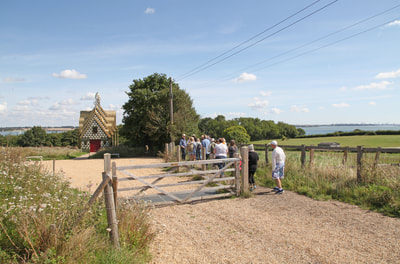
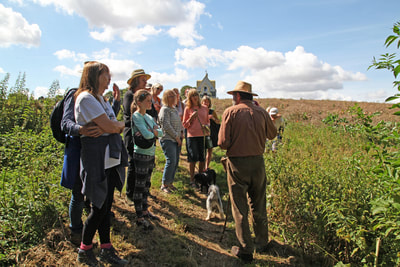
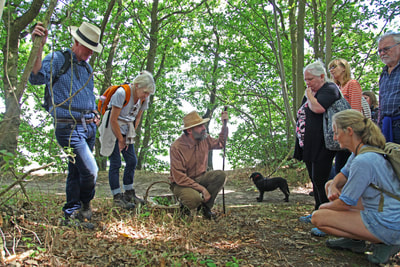
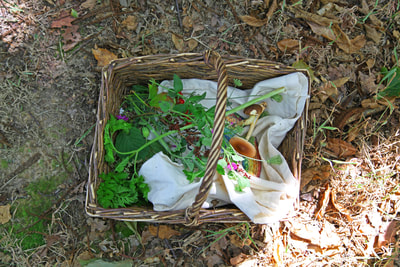
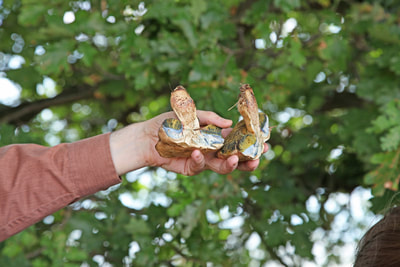
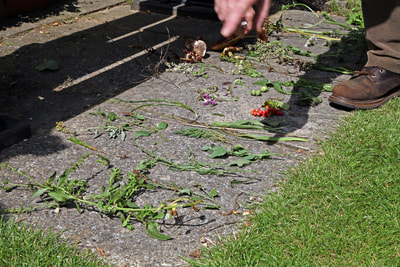
 RSS Feed
RSS Feed